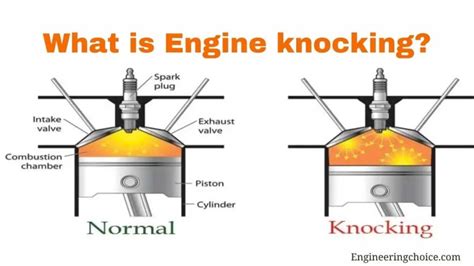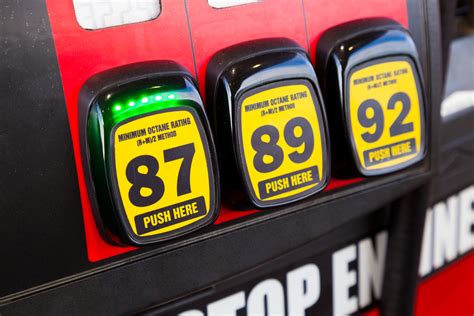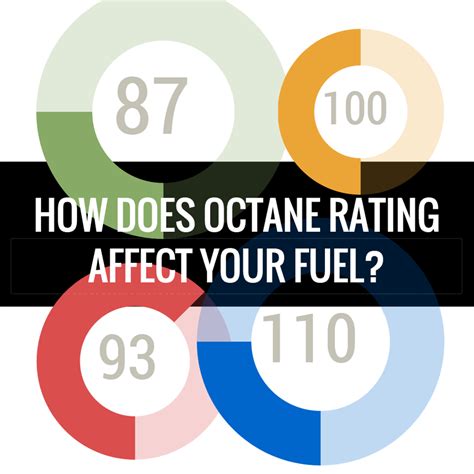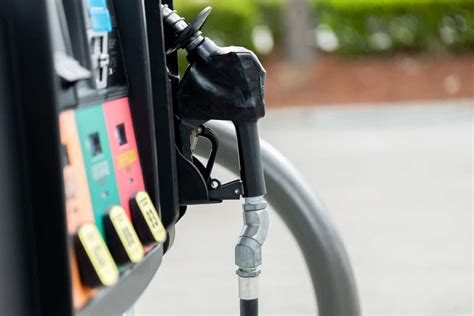When you pull up to a gas pump, you’re faced with a choice: regular, mid-grade, or premium. These labels, often accompanied by numbers like 87, 89, or 93, refer to the fuel’s octane rating. But what exactly does this number signify about the fuel’s properties, and why is it so crucial for your vehicle’s performance?
Understanding Engine Knocking and Pre-ignition
The primary property of fuel indicated by its octane rating is its resistance to knocking, or pre-ignition, within an internal combustion engine. In a typical gasoline engine, air and fuel are mixed, compressed, and then ignited by a spark plug at a precise moment. This controlled combustion pushes the piston down, generating power.
However, under certain conditions, primarily high compression or heat, the fuel-air mixture can spontaneously combust before the spark plug fires. This uncontrolled explosion is known as “engine knocking,” “pinging,” or “detonation.” It creates a metallic knocking sound and can cause significant damage to engine components over time, including pistons, connecting rods, and crankshafts, leading to reduced efficiency and potential engine failure.

How Octane Prevents Detonation
Octane rating measures a fuel’s ability to withstand compression without igniting prematurely. Fuels with higher octane ratings have a greater resistance to this uncontrolled combustion. They are formulated to burn more slowly and evenly, allowing the spark plug to initiate combustion precisely when intended by the engine’s design.
The rating itself is derived from a comparison to a mixture of isooctane and n-heptane. Isooctane is highly resistant to knocking and is assigned an octane number of 100, while n-heptane ignites easily and is assigned an octane number of 0. A fuel with an octane rating of 90, for instance, performs like a mixture that is 90% isooctane and 10% n-heptane in terms of its anti-knock properties.

Choosing the Right Octane Level
It’s a common misconception that higher octane fuel provides more power or is “better” for all engines. In reality, you should always use the octane rating recommended by your vehicle manufacturer, usually found in your owner’s manual or on the fuel cap. Modern engines are designed with specific compression ratios and ignition timings that optimize performance with a particular octane level.
Using a higher octane fuel than required by your engine typically offers no benefit and simply wastes money. Conversely, using a lower octane fuel than recommended can lead to engine knocking, especially in high-performance or turbocharged engines designed for higher compression. These engines often have knock sensors that can detect pre-ignition and adjust ignition timing to prevent damage, but this often comes at the cost of reduced power and fuel efficiency.

Conclusion
In essence, the octane rating of fuel is a critical indicator of its anti-knock properties. It tells you how resistant the fuel is to spontaneous combustion under compression, ensuring a smooth, controlled burn in your engine. Choosing the correct octane fuel for your vehicle is vital for maintaining engine health, optimizing performance, and achieving the designed fuel efficiency, preventing the damaging effects of pre-ignition and ensuring longevity for your engine.




